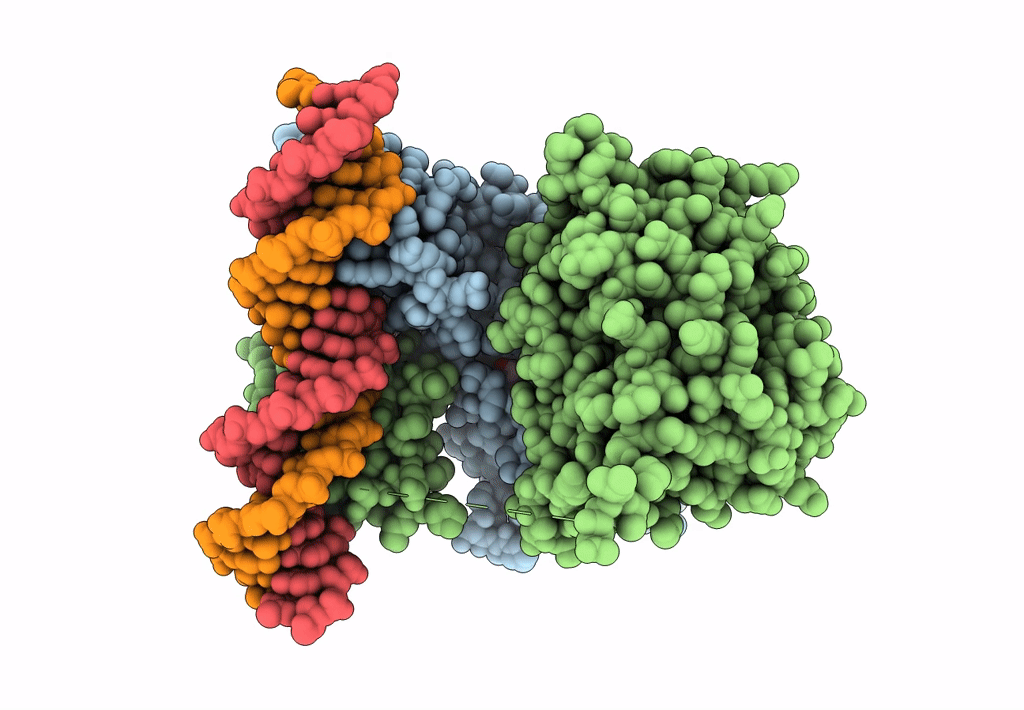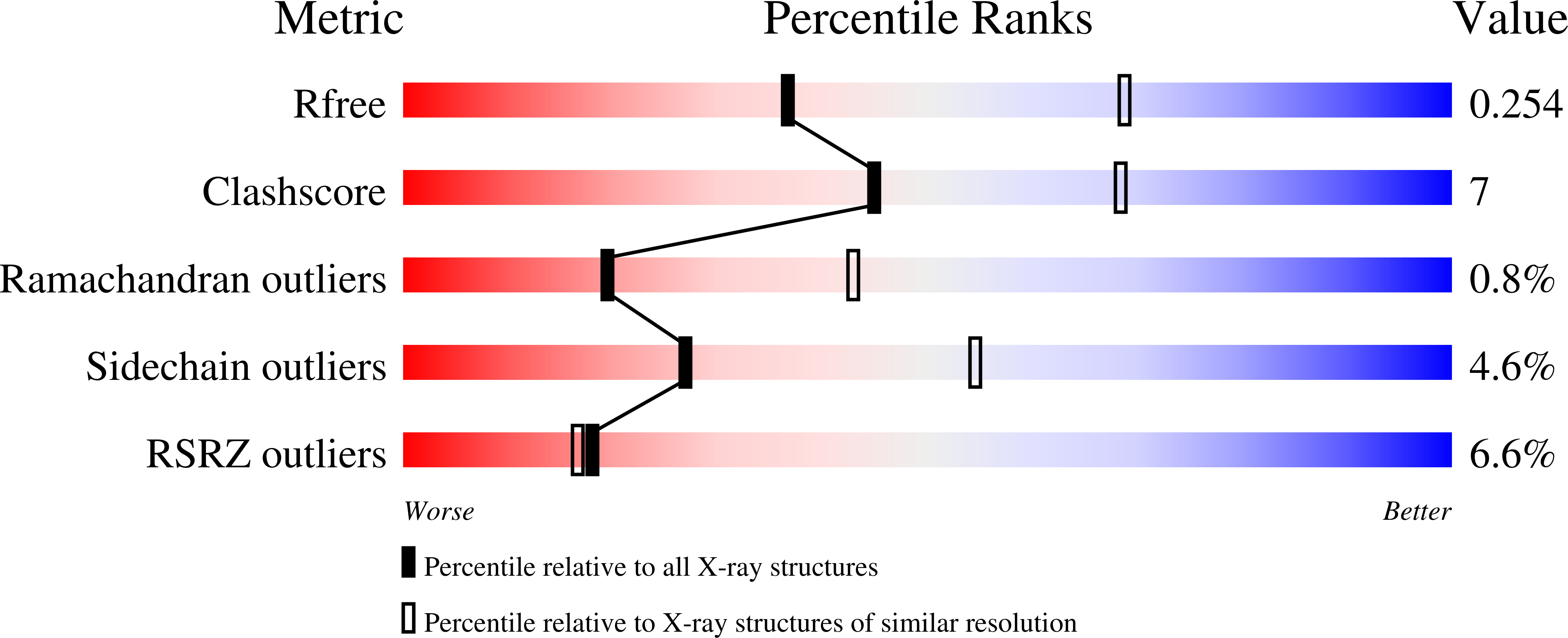
Deposition Date
2021-09-22
Release Date
2023-02-08
Last Version Date
2024-02-07
Entry Detail
PDB ID:
7PRV
Keywords:
Title:
The glucocorticoid receptor in complex with fluticasone furoate, a PGC1a coactivator fragment and sgk 23bp
Biological Source:
Source Organism:
Homo sapiens (Taxon ID: 9606)
Host Organism:
Method Details:
Experimental Method:
Resolution:
2.70 Å
R-Value Free:
0.25
R-Value Work:
0.21
R-Value Observed:
0.21
Space Group:
P 21 21 21


